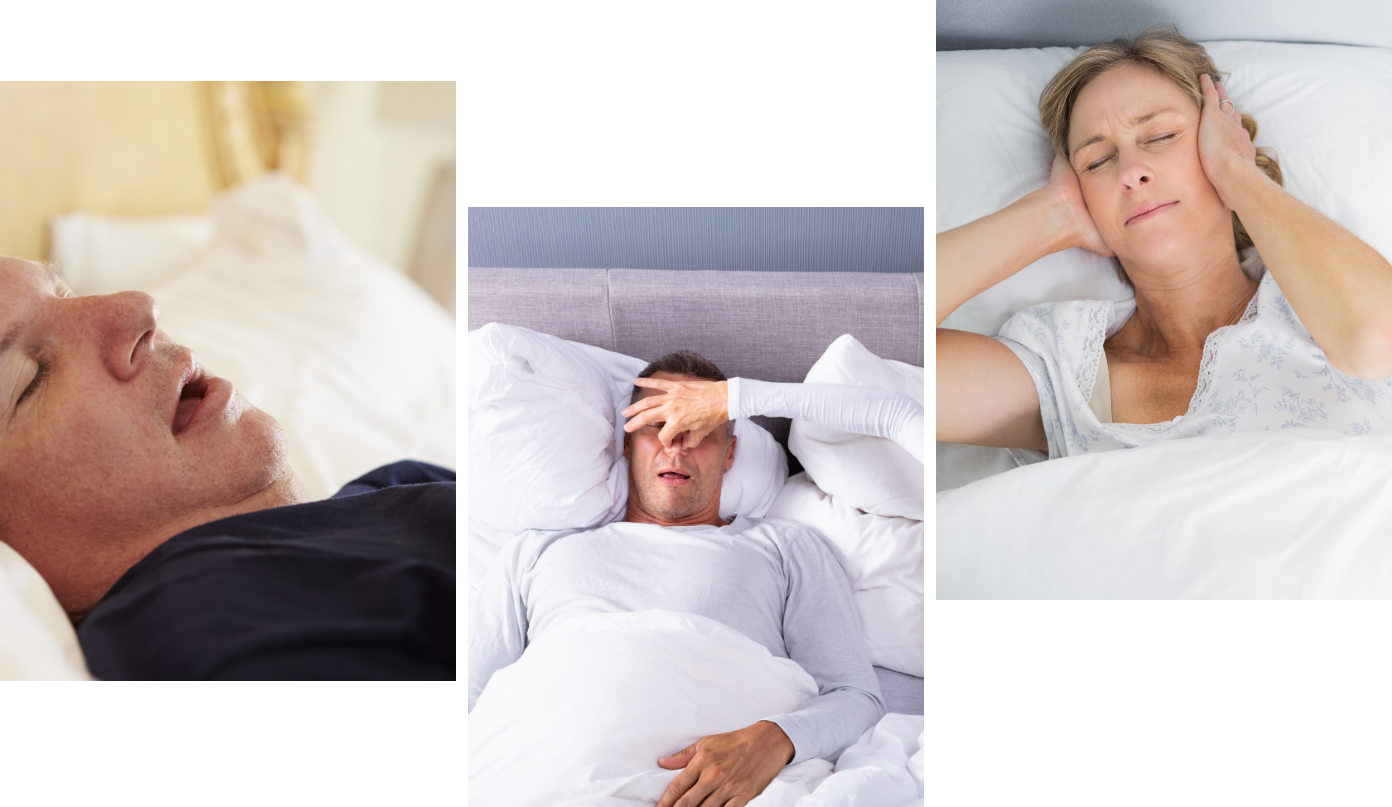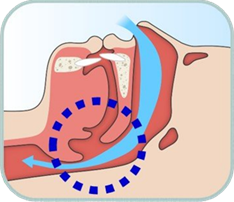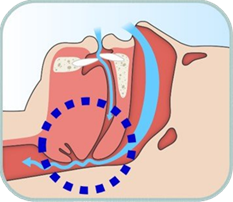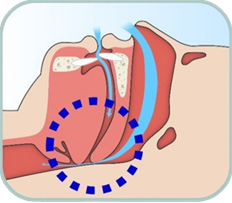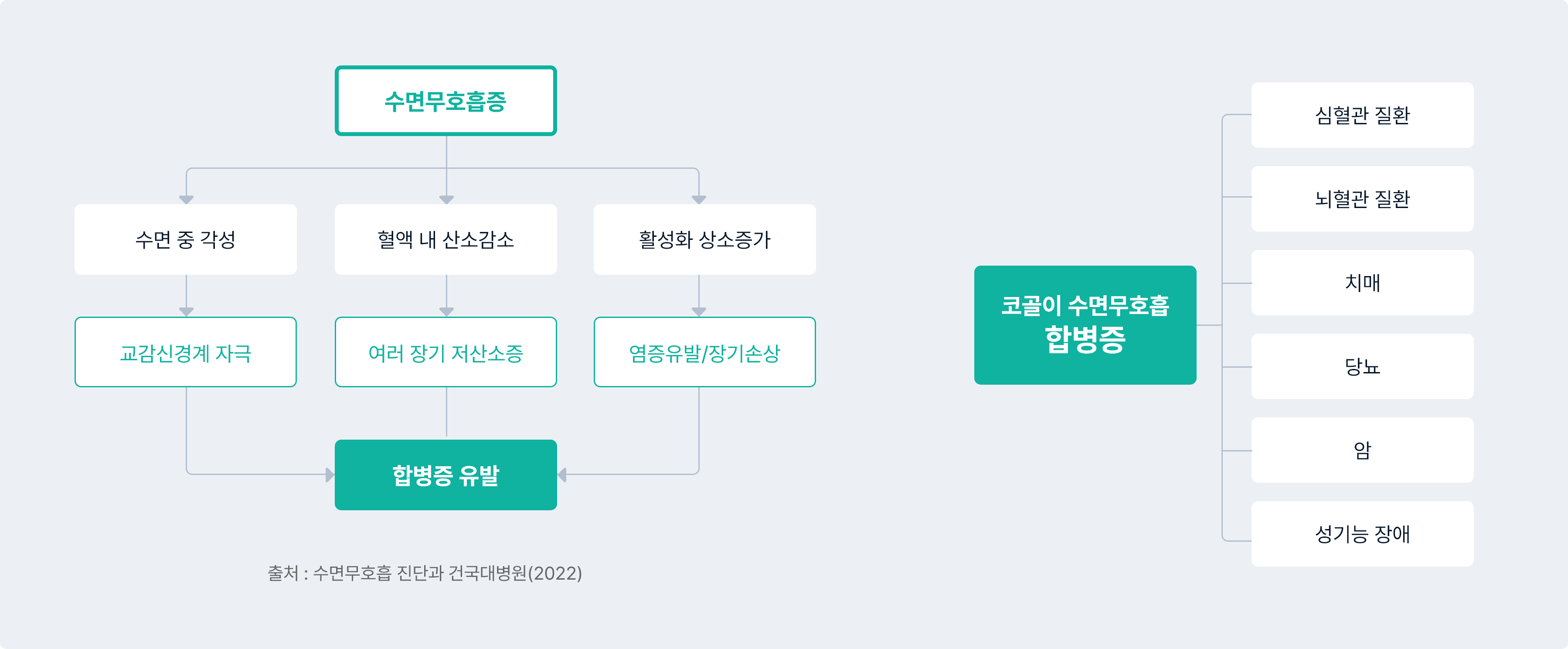Complex and demanding polysomnography(PSG)
To diagnose sleep apnea, individuals undergo a comprehensive multi-level sleep examination at a
hospital. Treatment is then tailored according to the diagnostic findings and a physician's
assessment.
This extensive evaluation, known as a polydimensional sleep test, is a standardized procedure
typically conducted during a two-day hospital visit. It examines approximately 20 aspects, including
breathing, snoring, and brain activity.
After diagnosis, treatment options are categorized into surgical and non-surgical approaches.
A common non-surgical method involves the use of positive pressure devices to dilate the airway,
facilitating improved airflow during sleep.
hospital. Treatment is then tailored according to the diagnostic findings and a physician's
assessment.
This extensive evaluation, known as a polydimensional sleep test, is a standardized procedure
typically conducted during a two-day hospital visit. It examines approximately 20 aspects, including
breathing, snoring, and brain activity.
After diagnosis, treatment options are categorized into surgical and non-surgical approaches.
A common non-surgical method involves the use of positive pressure devices to dilate the airway,
facilitating improved airflow during sleep.
To diagnose sleep apnea, individuals undergo a comprehensive multi-level sleep examination at a
hospital. Treatment is then tailored according to the diagnostic findings and a physician's
assessment.
This extensive evaluation, known as a polydimensional sleep test, is a standardized procedure typically conducted during a two-day hospital visit. It examines approximately 20 aspects, including breathing, snoring, and brain activity.
After diagnosis, treatment options are categorized into surgical and non-surgical approaches.
A common non-surgical method involves the use of positive pressure devices to dilate the airway, facilitating improved airflow during sleep.
This extensive evaluation, known as a polydimensional sleep test, is a standardized procedure typically conducted during a two-day hospital visit. It examines approximately 20 aspects, including breathing, snoring, and brain activity.
After diagnosis, treatment options are categorized into surgical and non-surgical approaches.
A common non-surgical method involves the use of positive pressure devices to dilate the airway, facilitating improved airflow during sleep.

Polysomnograph(PSG)

Typical treatment : Continuous Positive Airway Pressure(CPAP)
